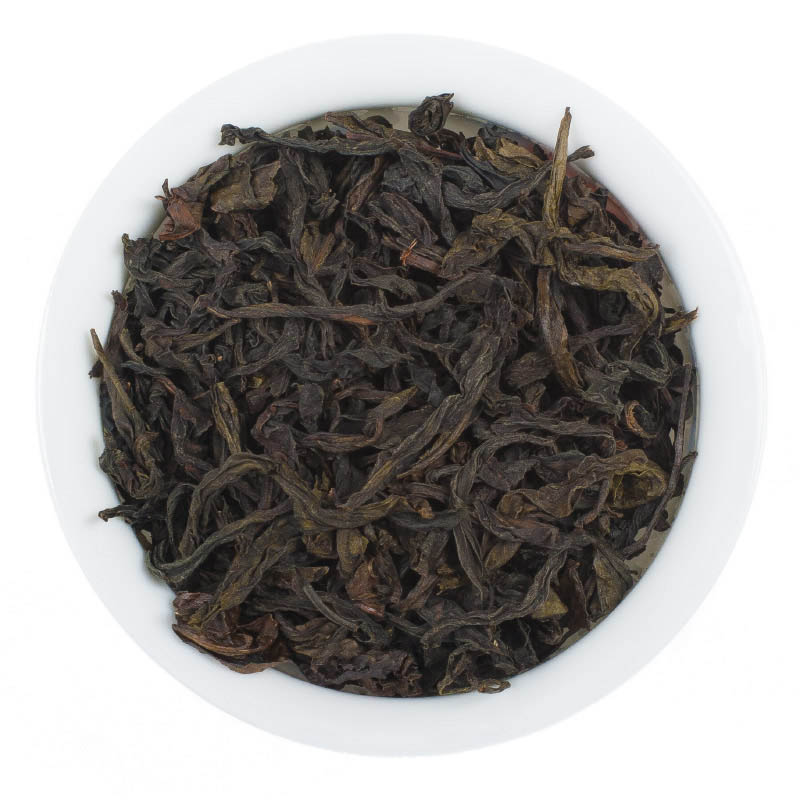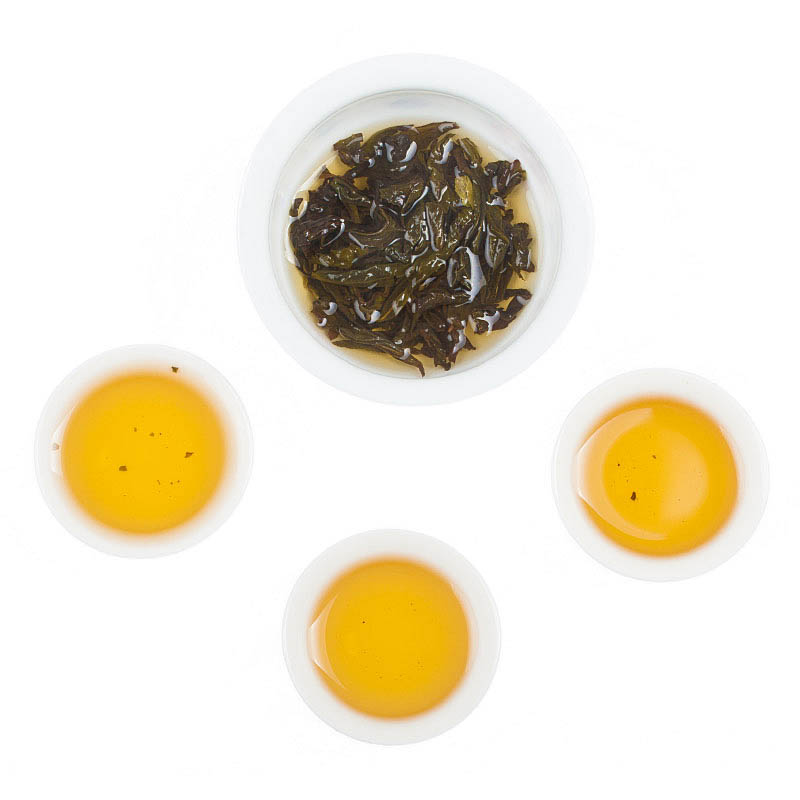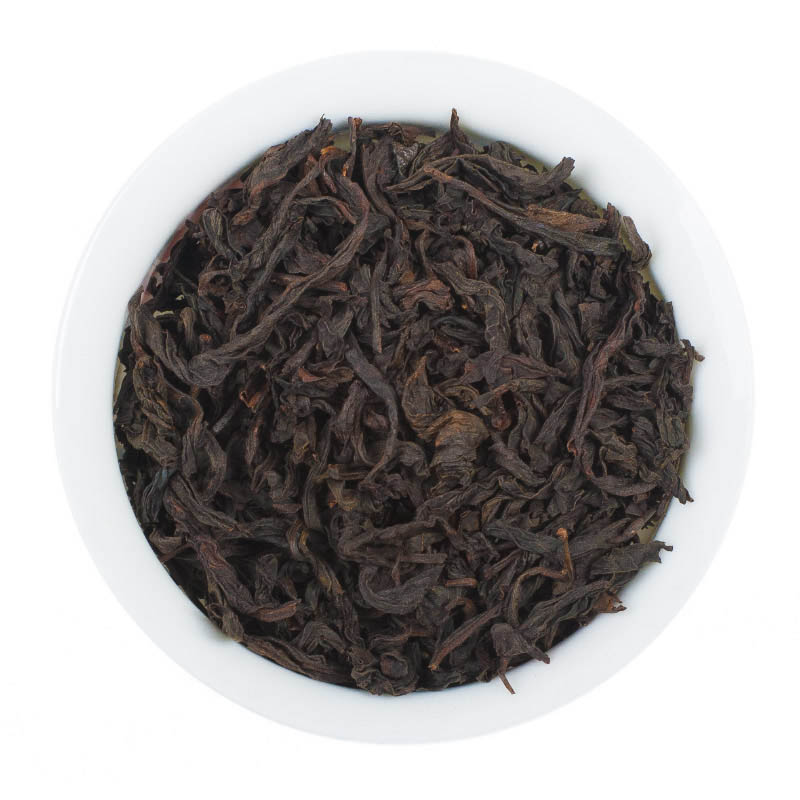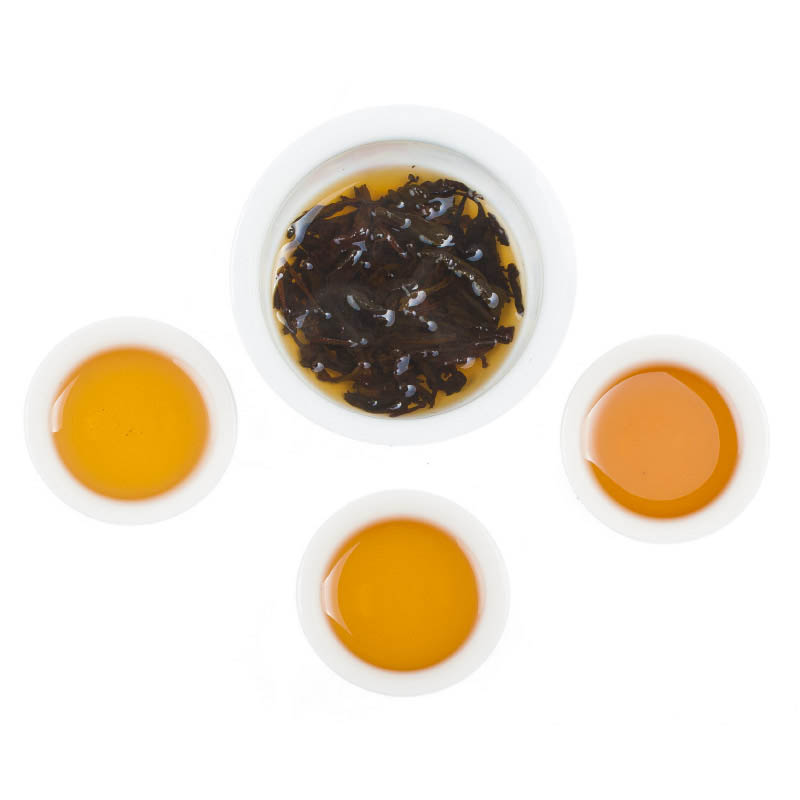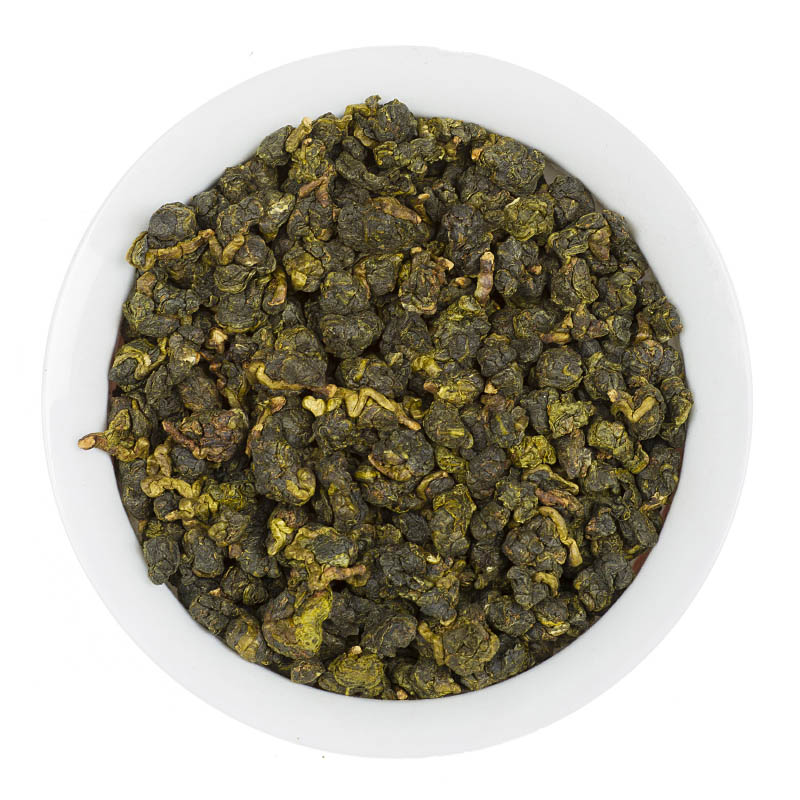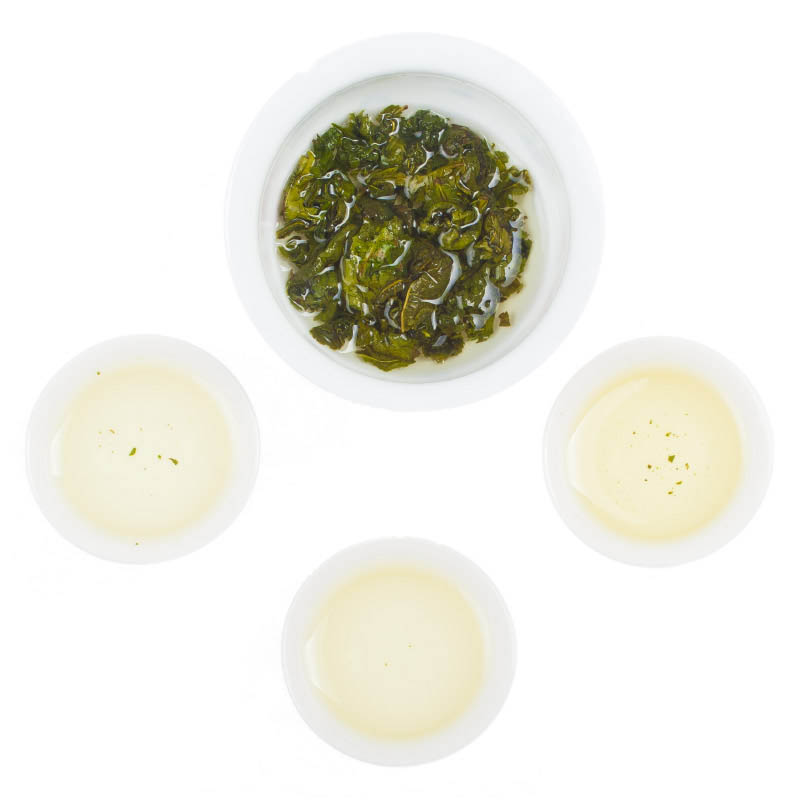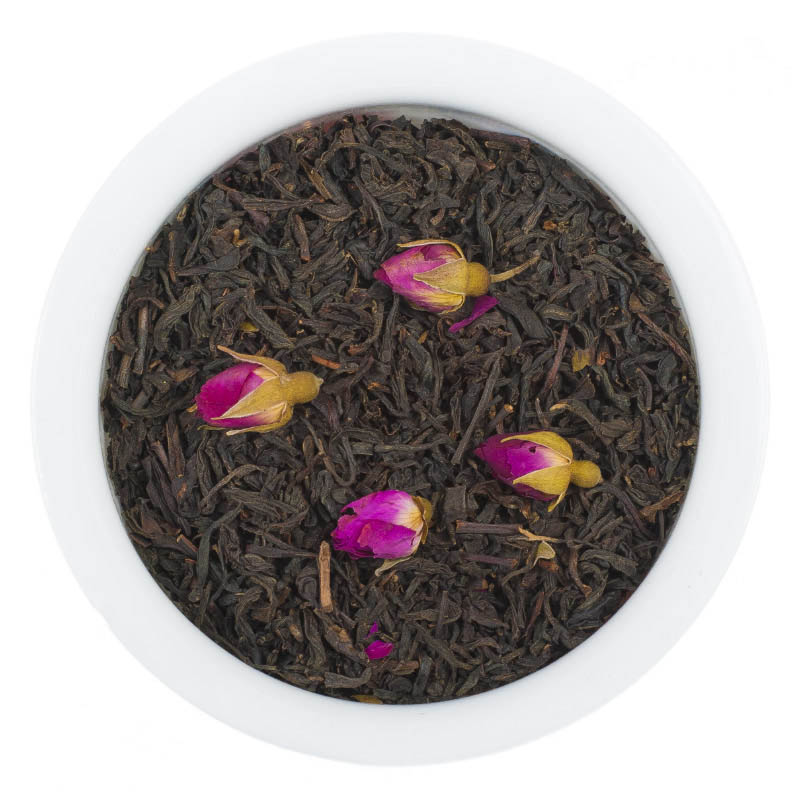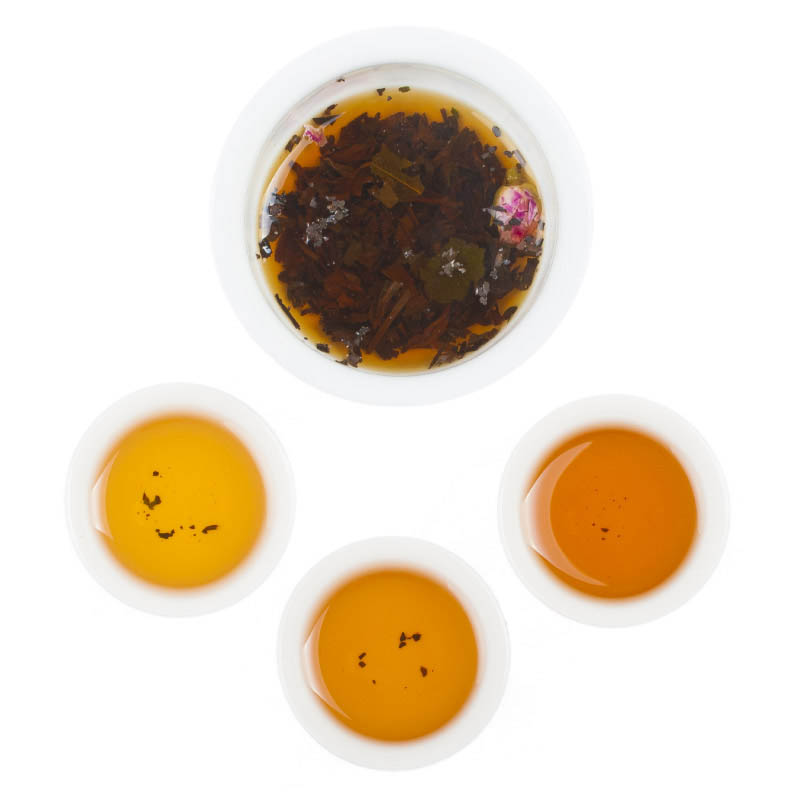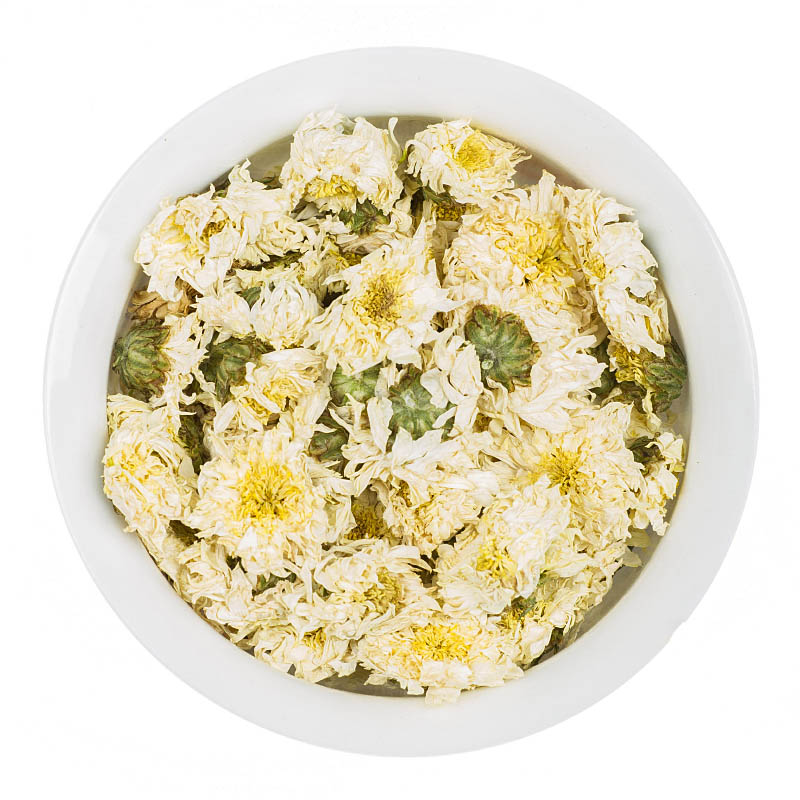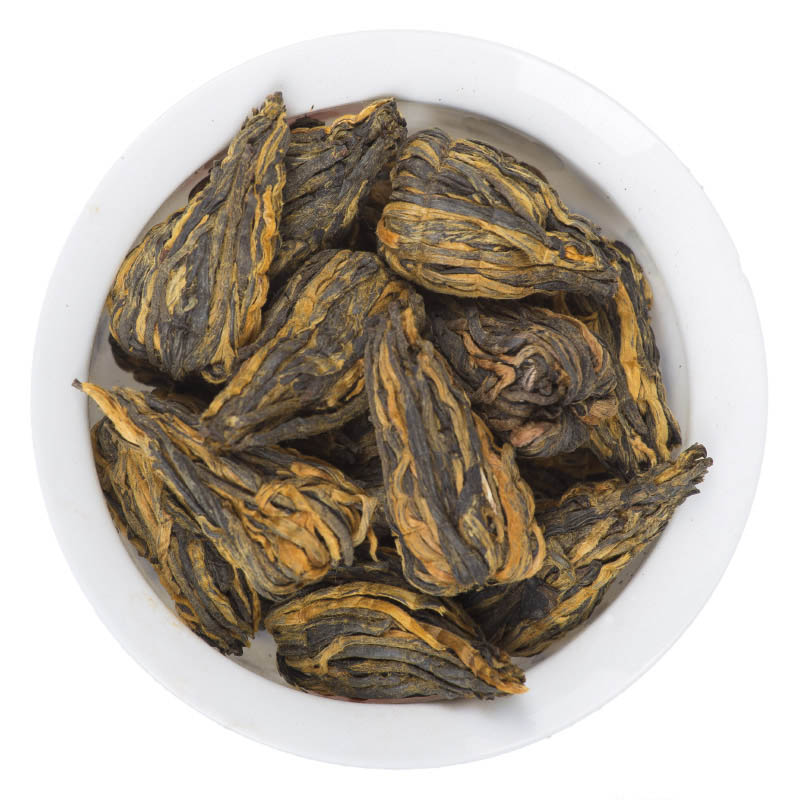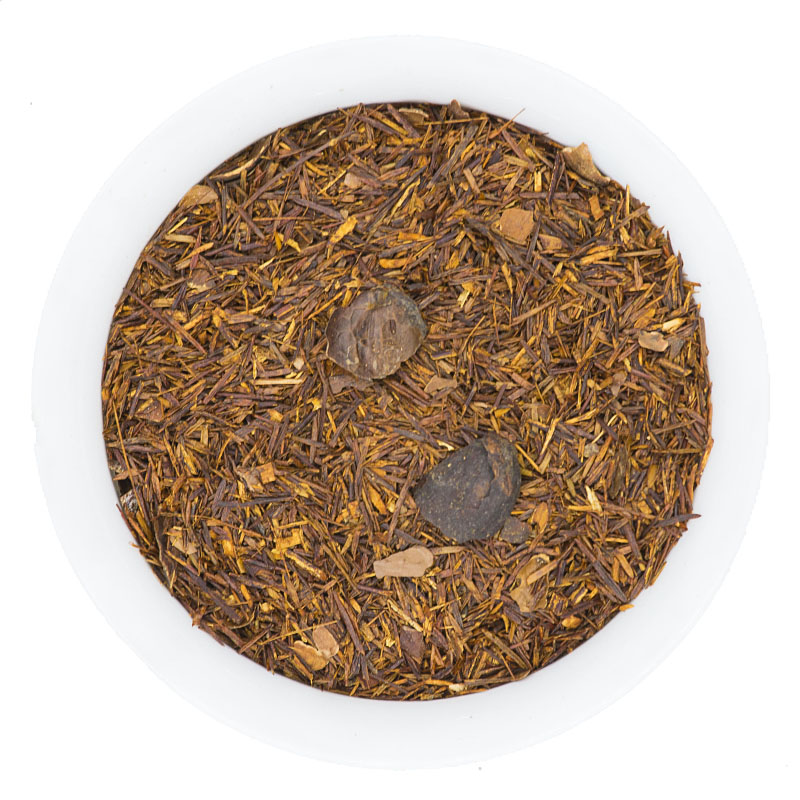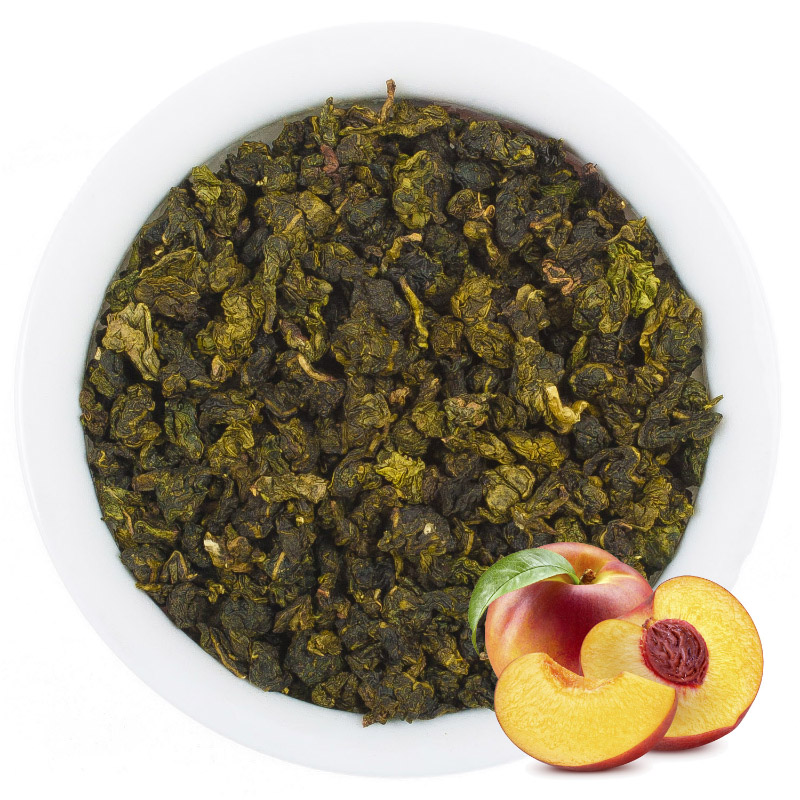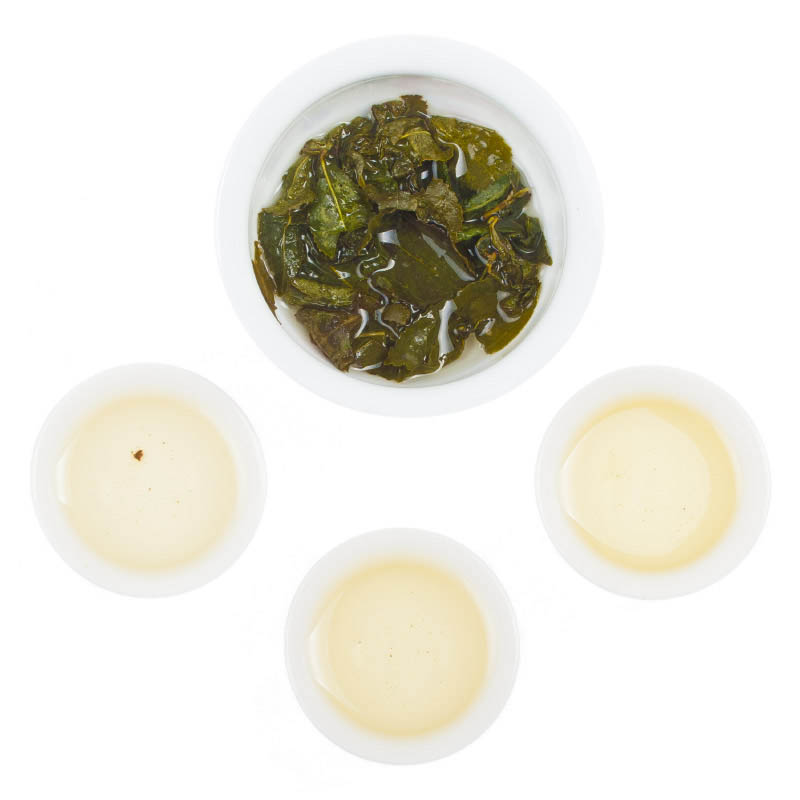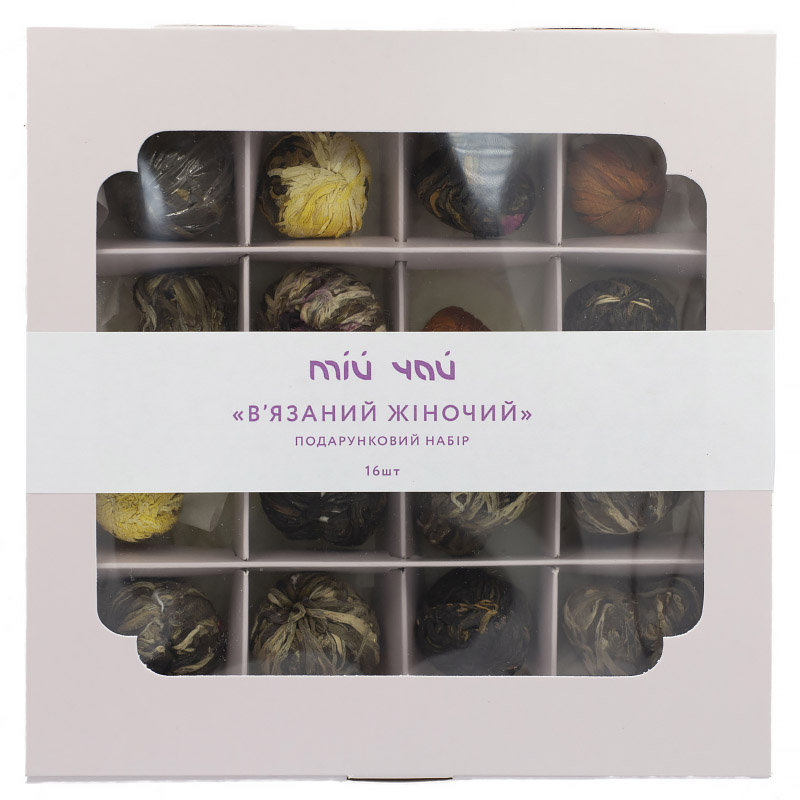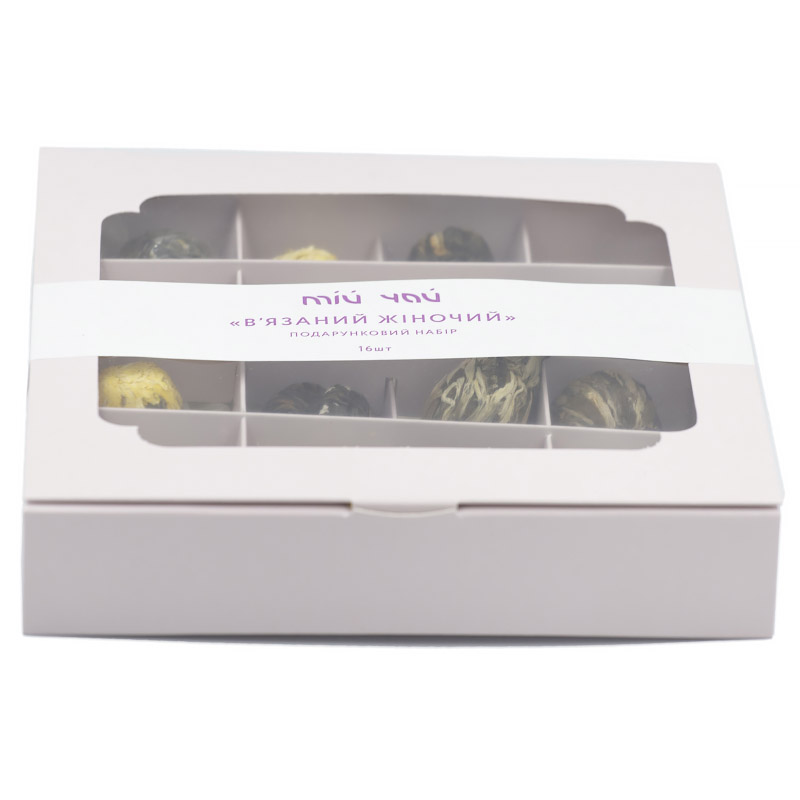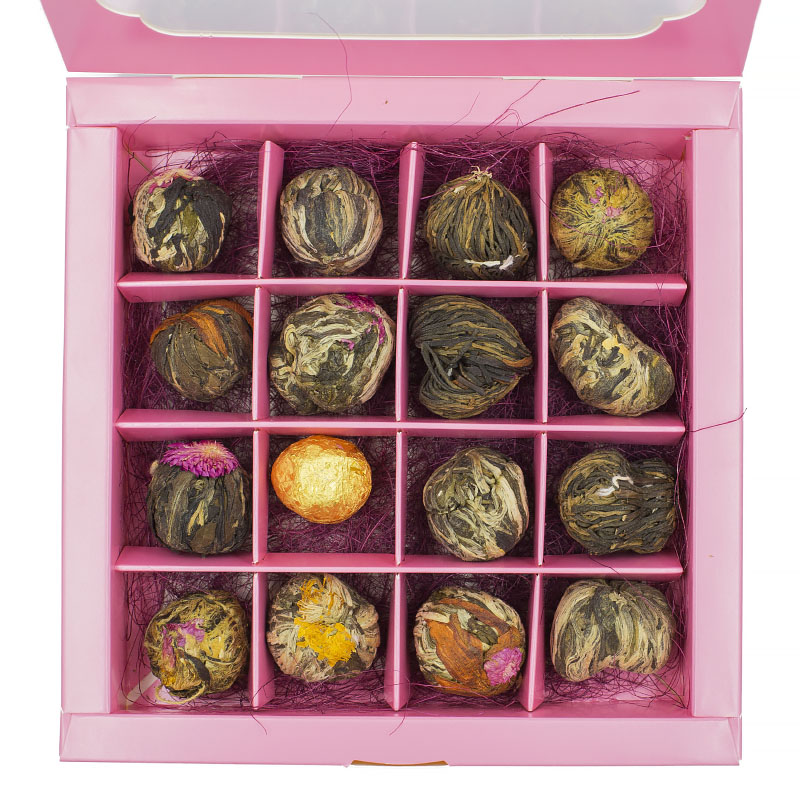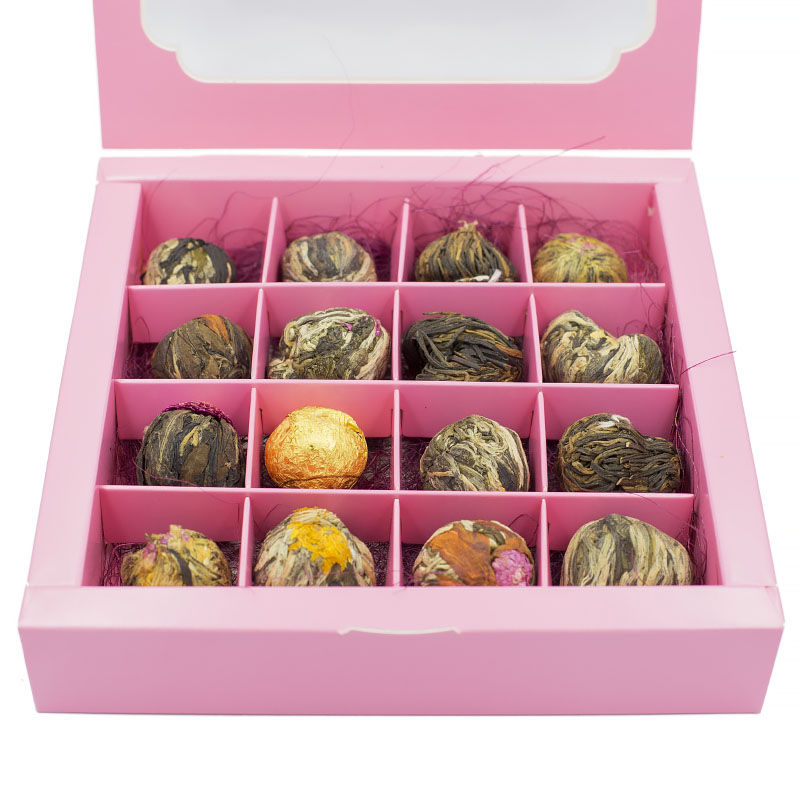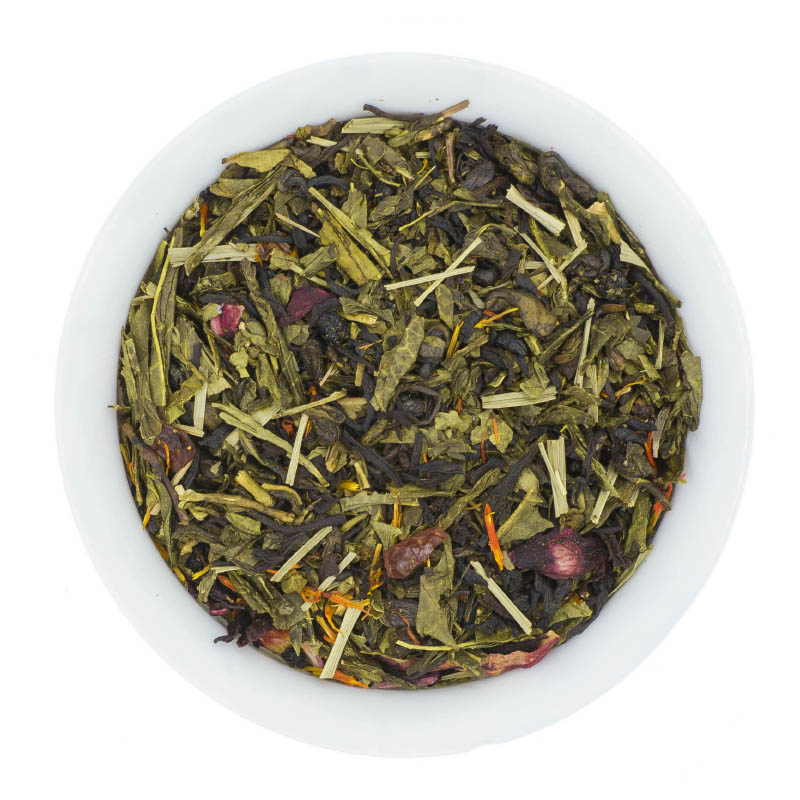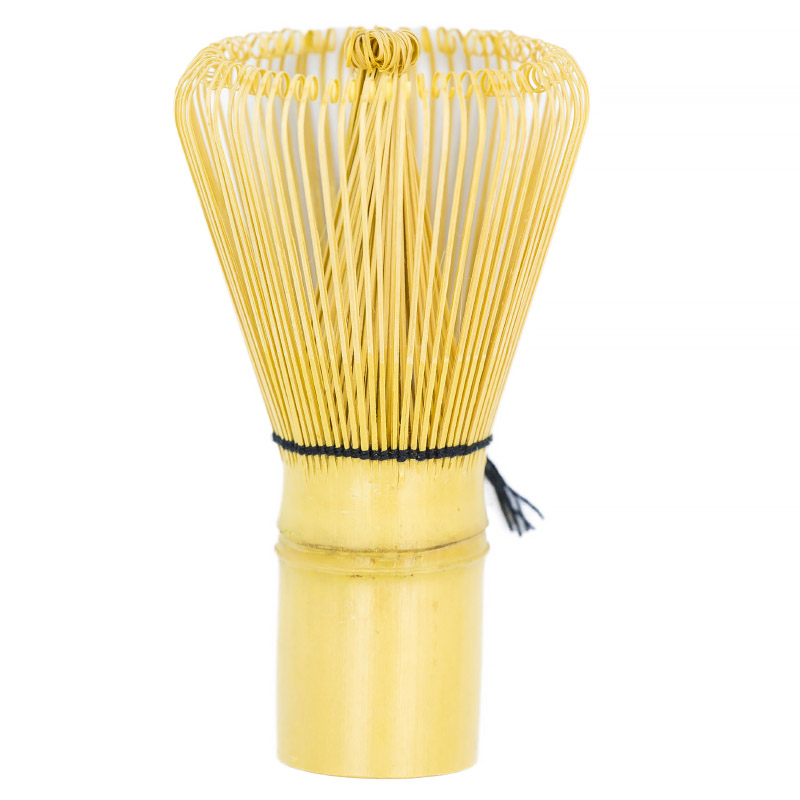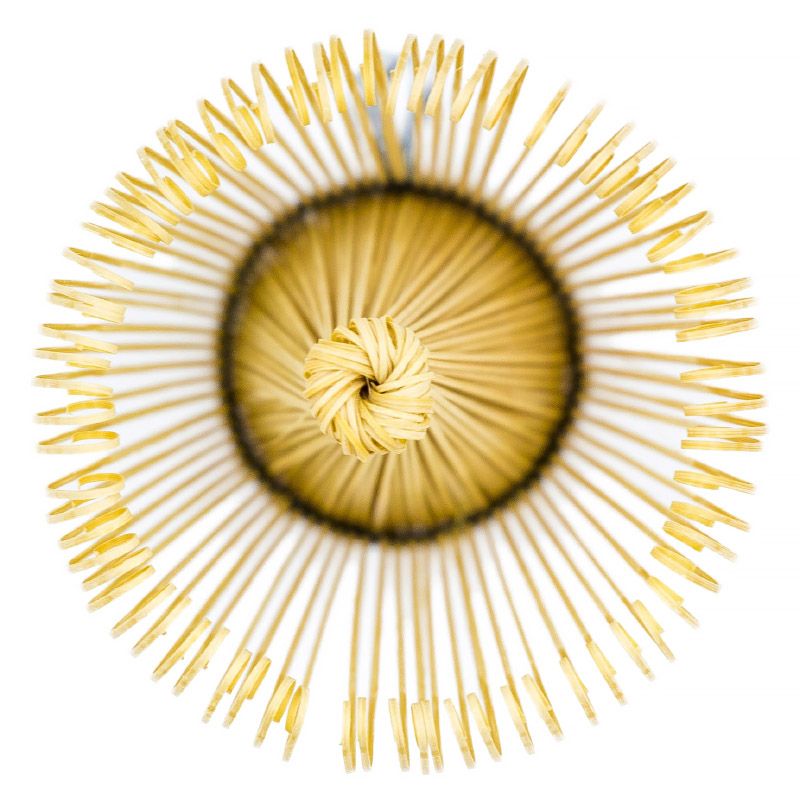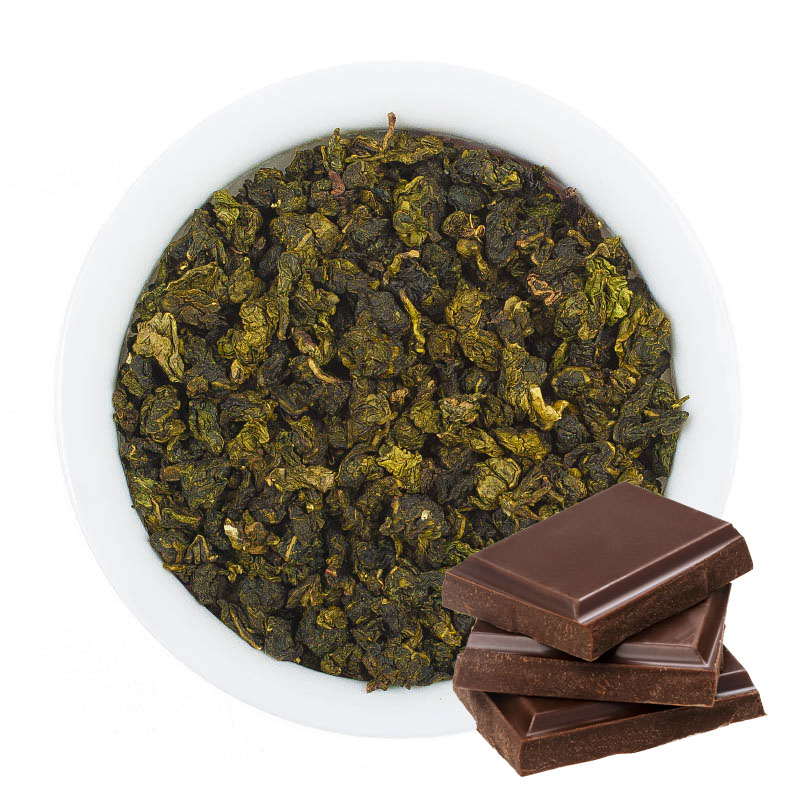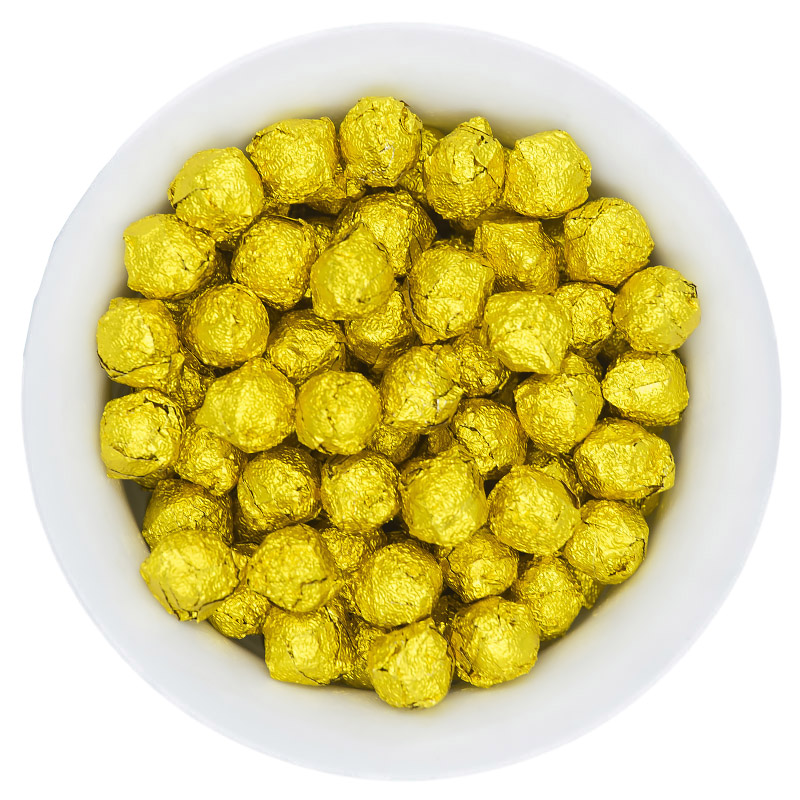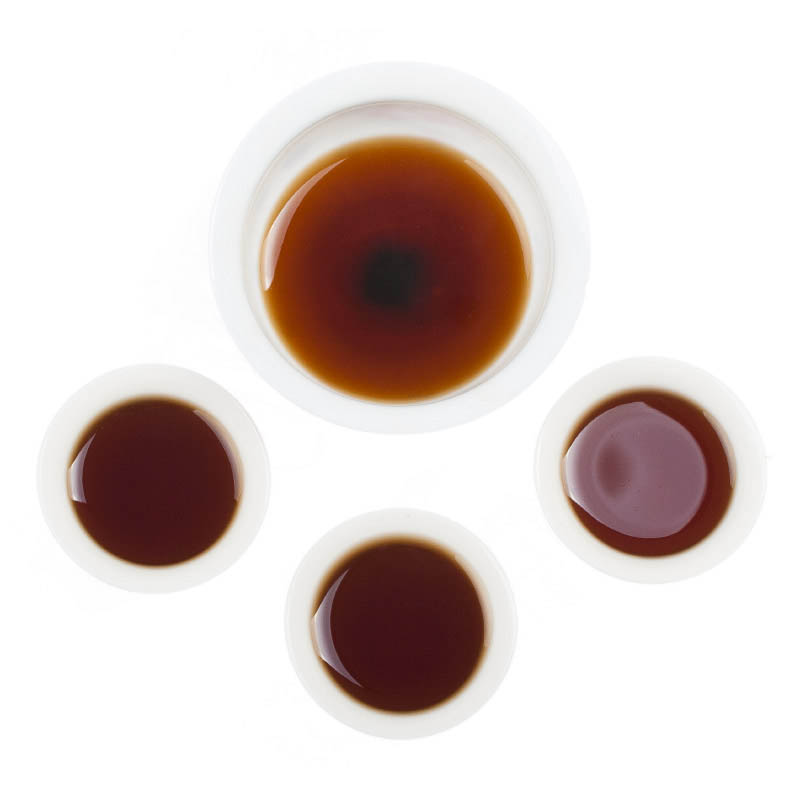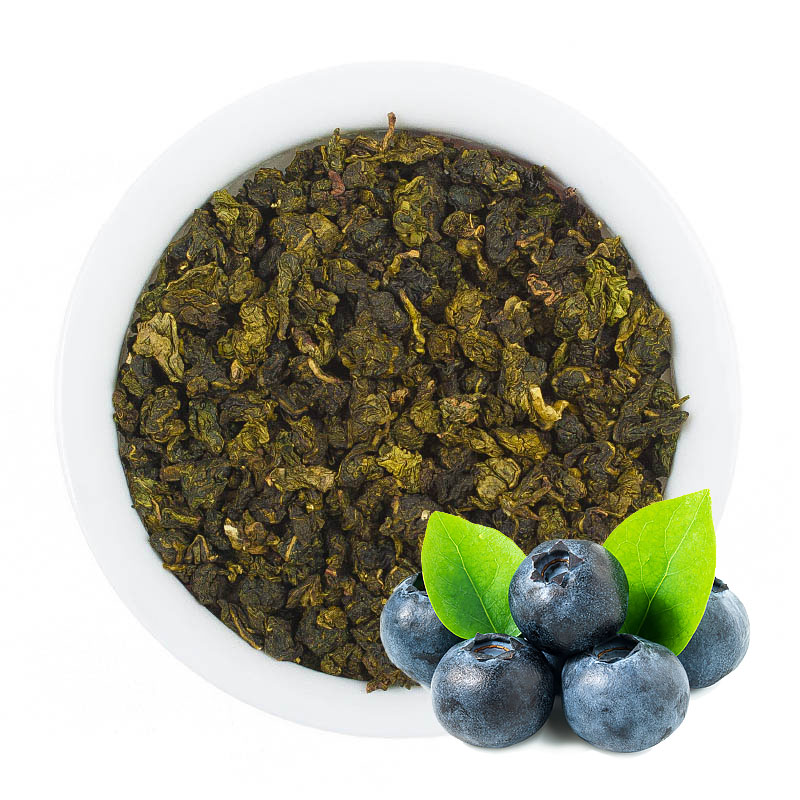Contents
- Features
- Additional Criteria
- Uniformity Indicator
- Degree of Leaf Twisting
- Drying Level
- Aroma
Herbal tea has always been in high demand. Our distant ancestors were aware of its properties and considered such beverages to be healing. It is worth noting that the benefits of the product directly depend on its:
- variety,
- quality,
- type of processing,
- kind, and more.
To buy only natural, safe, and eco-friendly tea, it’s important to pay attention to the main selection criteria.
Features
The properties of tea are directly influenced by how the raw materials are classified, and there can be several classifications. The first thing to consider is leaf integrity. Tea can be:
- large-leaf,
- medium-leaf,
- small-leaf,
- in crushed form.
Next, the tea is categorized by processing method. Available types include:
- loose-leaf (orthodox),
- granulated,
- compressed (in the form of tablets, bricks, tiles, etc.),
- extracted — instant tea that dissolves in hot water.
The choice depends solely on the consumer’s preference.
Additional Criteria
In today’s market, tea is available in various shades:
- Black — can range from brown, rusty, to grayish tones.
- Green — from rich green to almost white. It should not contain brown leaves or uneven coloring, which would indicate a mix of harvests and lower quality.
- White.
- Yellow.
- Red.
- Oolong — often referred to as blue or turquoise tea.
Different types of tea can even be harvested from the same bush. The final taste depends on:
- harvest method,
- processing technology,
- degree of fermentation.
According to the level of fermentation, tea can be classified as:
- Unfermented — white and green teas. Made using methods like withering and rolling, among others.
- Fully fermented — mostly black teas.
- Semi-fermented — yellow, red, and oolong teas.
- Post-fermented — primarily pu-erh.
Uniformity Indicator
This is a crucial parameter. Tea leaves should be uniform, though loose-leaf teas may have some variation. Granulated and compressed teas reveal their qualities during brewing, while instant tea usually just colors the water without adding aroma. A high-quality tea should not contain:
- fine particles,
- dust,
- twigs,
- bark pieces,
- paper,
- foil fragments.
Degree of Leaf Twisting
This is another classification for whole-leaf teas:
- Tightly twisted,
- Loosely twisted,
- Untwisted.
Untwisted leaves usually indicate natural drying methods. Experts believe that the tighter the twist, the better the fermentation, resulting in premium quality tea with a rich, strong flavor. This also reflects the integrity of the manufacturer.
Drying Level
To purchase tea that meets expectations, it’s worth asking about the production technology and storage conditions. The maximum permissible humidity level in the storage environment is 6%. If it rises to 20%, the quality of the tea will deteriorate. Mold and decay may develop, making the tea not only ineffective but potentially harmful or toxic.
Research has shown that overdried tea is just as bad as overly moist tea. The moisture level should not fall below 3%; otherwise, the leaves become brittle.
Aroma
Each tea variety has its own characteristic notes. They may be:
- herbal,
- floral,
- resinous.
A true connoisseur will be able to detect the dominant aroma note and recognize it again in future purchases. The smell also helps determine the composition of the raw materials. If tea is dried in a chamber with low humidity and becomes scorched, it may acquire a burnt smell. Such tea is usually sold cheaply and will not offer the full depth of flavor and aroma.
Natural, premium-quality tea should not have any foreign odors. If it smells like metal, fish, or gasoline, it should not be purchased. This suggests that the tea was improperly stored or mishandled by the supplier or producer.

